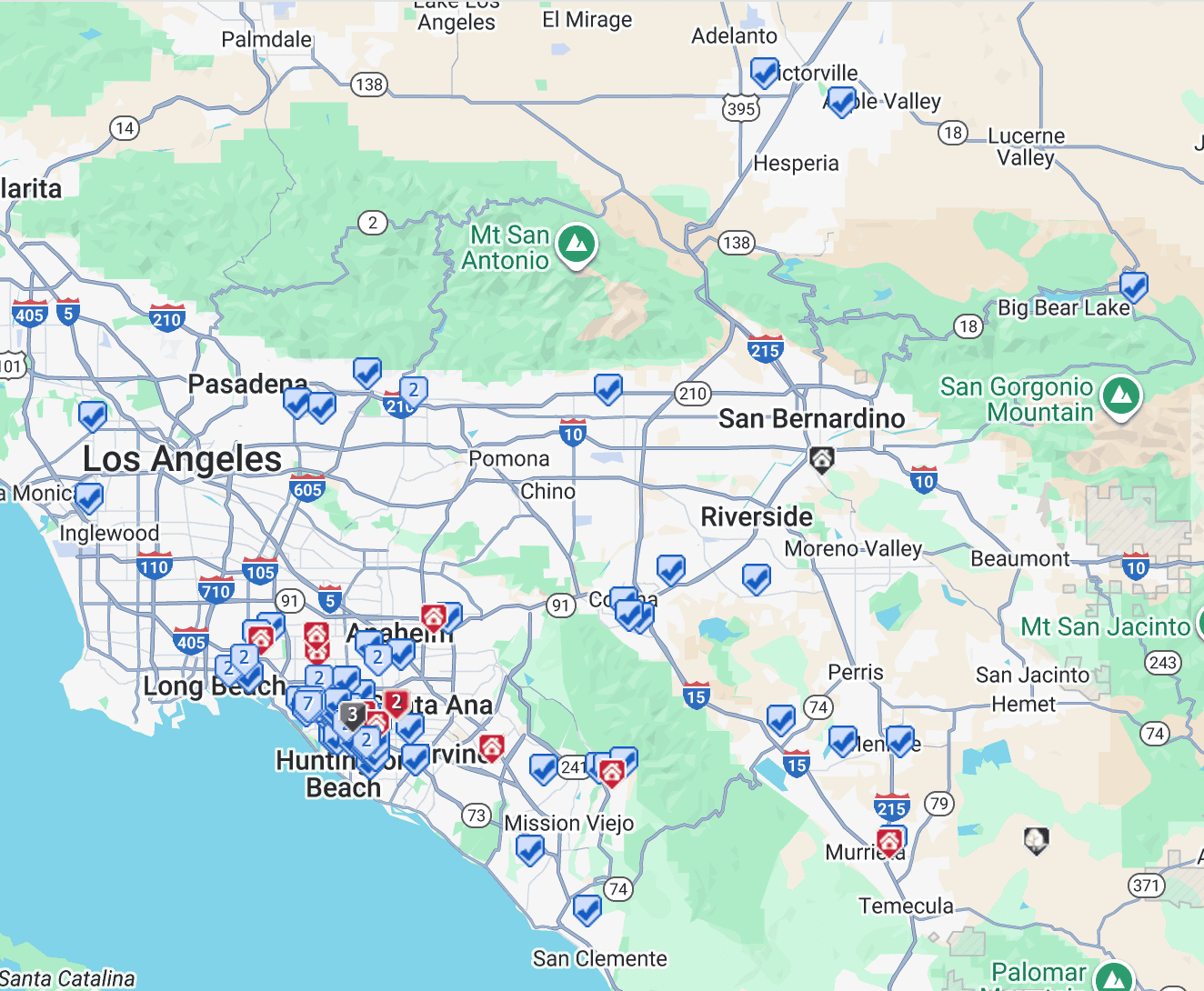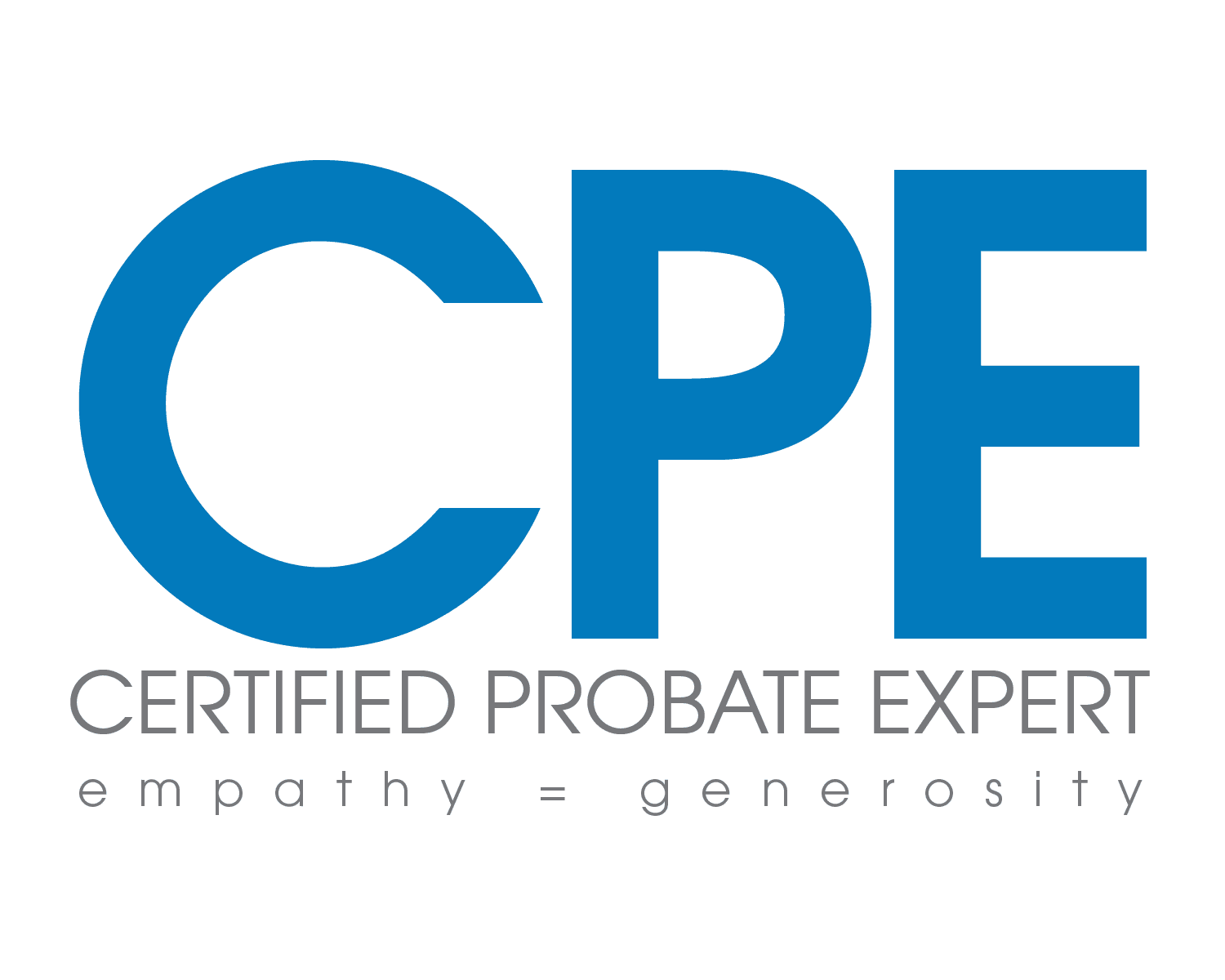
When someone passes away, their assets are typically distributed according to their estate plan, often through a trust. However, what happens if an asset, like a house or bank account, was accidentally left out of the trust? In California, a Heggstad Petition can be a lifesaver, helping families avoid the lengthy and expensive probate process. In this blog post, we’ll break down what a Heggstad petition is, how it works, and why it’s a valuable tool for estate planning.
What Is a Heggstad Petition?
A Heggstad petition is a legal process in California under Probate Code Section 850 that allows assets to be transferred into a trust after the trust creator (the “trustor”) has passed away, even if those assets were not formally titled in the trust during their lifetime. The petition gets its name from the 1993 case Estate of Heggstad (16 Cal.App.4th 943), which set a precedent for correcting trust funding errors without requiring full probate.
The goal of a Heggstad petition is simple: to honor the trustor’s intent by ensuring assets they meant to include in their trust are distributed according to the trust’s terms, bypassing the costly and time-consuming probate process.
Why Might You Need a Heggstad Petition?
Trusts are popular in California because they allow assets to pass to beneficiaries without probate, which can take 18–24 months and involve significant legal fees. However, even the best-laid plans can go awry. Common reasons a Heggstad petition might be necessary include:
- Oversight: The trustor listed an asset (like real estate or a bank account) in the trust’s schedule of assets but forgot to formally transfer the title.
- Incomplete Paperwork: The trustor believed the asset was transferred into the trust, but the paperwork was never completed.
- Refinancing Issues: Real estate was removed from the trust for refinancing and not transferred back.
- Late Acquisitions: The trustor acquired an asset after creating the trust and didn’t add it.
- Sudden Death: The trustor passed away before finalizing the transfer of assets into the trust.
In these cases, a Heggstad petition can step in to correct the error and keep the estate out of probate.
How Does a Heggstad Petition Work?
The Heggstad petition process involves asking a California Superior Court to issue an order declaring that a specific asset belongs in the trust. Here’s a step-by-step overview:
- Prepare the Petition: Work with an attorney to draft a detailed petition. This document should include the trust’s history, a description of the omitted asset, and evidence that the trustor intended the asset to be part of the trust. Evidence might include:
- A schedule of assets attached to the trust.
- A general transfer statement in the trust document.
- Other written proof, like correspondence or financial records.
- File with the Court: Submit the petition to the Superior Court in the county where the trust is administered (usually where the trustee resides). Filing fees typically range from $435 to $465, depending on the county.
- Notify Interested Parties: Provide at least 30 days’ notice to all relevant parties, such as trust beneficiaries, heirs, and, in some cases, the California Attorney General’s Office (for charitable trusts).
- Attend a Hearing: The court will review the petition and evidence at a hearing. If the petition is uncontested and the evidence is clear, the process may take 2–4 months. Contested cases may require additional hearings.
- Receive the Court Order: If approved, the court issues an order transferring the asset into the trust, allowing it to be distributed according to the trust’s terms. If denied, you may need to appeal, file a new petition, or proceed with probate.
Key Requirements for a Successful Heggstad Petition
To succeed, a Heggstad petition must meet specific criteria:
- Clear Evidence of Intent: The court needs proof that the trustor intended the asset to be part of the trust. A schedule of assets or a broadly worded transfer clause can be sufficient.
- Valid Trust: The trust must be properly created and documented, complying with California’s statute of frauds (Probate Code §15206), which requires a written, signed instrument.
- Specific Asset Description: The asset must be clearly identified in the trust or related documents.
Without strong evidence of intent, the petition may be denied, so thorough documentation is critical.
Benefits of a Heggstad Petition
The Heggstad petition offers several advantages:
- Avoids Probate: Keeps assets out of the probate process, saving time and money.
- Faster Resolution: Typically resolved in 2–4 months, compared to 18–24 months for probate.
- Honors Intent: Ensures the trustor’s wishes are followed by distributing assets as intended.
- Cost-Effective: Less expensive than probate, though legal fees for preparing and filing the petition still apply.
Challenges to Watch For
While powerful, the Heggstad petition isn’t guaranteed to succeed. Potential challenges include:
- Weak Evidence: If the trustor’s intent isn’t clearly documented, the court may deny the petition.
- Contested Petitions: Beneficiaries or heirs may dispute the petition, leading to delays or additional hearings.
- Venue Issues: Filing in the wrong county can cause delays or require refiling.
- Complex Assets: Certain assets, like out-of-state property, may require additional legal steps.
Working with an experienced probate attorney can help you navigate these challenges and build a strong case.
Tips for Avoiding the Need for a Heggstad Petition
The best way to avoid a Heggstad petition is to ensure your trust is properly funded during your lifetime. Here are some tips:
- Work with an Attorney: An estate planning attorney can help you transfer assets into your trust correctly.
- Double-Check Titles: Verify that all assets, especially real estate and financial accounts, are titled in the trust’s name.
- Update Your Trust: If you acquire new assets, add them to the trust promptly.
- Review Your Plan Regularly: Revisit your estate plan every few years or after major life events, like refinancing or purchasing property.
Conclusion
A Heggstad petition is a valuable tool for correcting trust funding errors in California, allowing families to avoid probate and honor their loved one’s wishes. However, it requires careful preparation, clear evidence, and often the guidance of an experienced attorney. By understanding the process and taking steps to properly fund your trust, you can ensure a smoother transfer of assets to your beneficiaries.
If you’re dealing with an asset that wasn’t properly transferred into a trust, consult a probate attorney to explore whether a Heggstad petition is right for your situation. With the right approach, you can save time, reduce costs, and protect your family’s legacy.
If you need any help or guidance do not hesitate to reach out. Simply send us a message or book an appointment.








